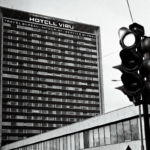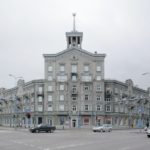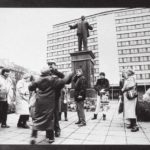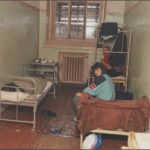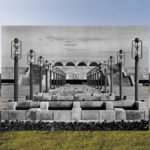Telliskivi Creative City has become the centre of social life and business in modern Tallinn. Many people often find themselves asking questions like: What is the history of this place? What did they produce here? When did it open? What was it called? What was factory life like? When you’re sitting in one of the cafés or bars today the history of this factory is not too clear. The Soviet imagery has been removed and we’re left with these cool, but mysterious, factory buildings.
So let’s uncover the history of the Telliskivi factory by looking at some photos from the archives (courtesy of Ajapaik).
Early Days
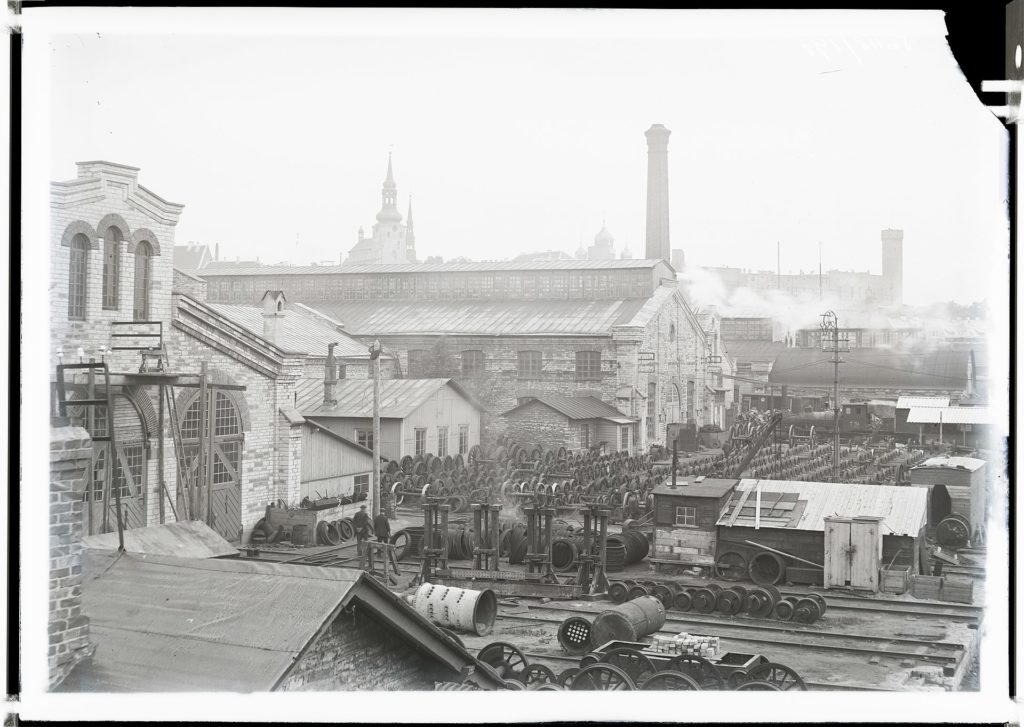
The first factory established on this territory was the Baltic Railway Factory (the very first factory in the city). Tallinn’s first rail line was officially opened in 1870 along with this factory. The main function of the Baltic Rail Factory was the maintenance and expansion of the rail network. The territory of this industrial facility included modern-day Telliskivi, Depoo and Balti Jaama Turg. You will also notice that Teliskivi has a mixture of different architectural styles. Any buildings made of limestone bricks (like the buildings you can see in this photo) are from those early rail factory days.
New name, new era
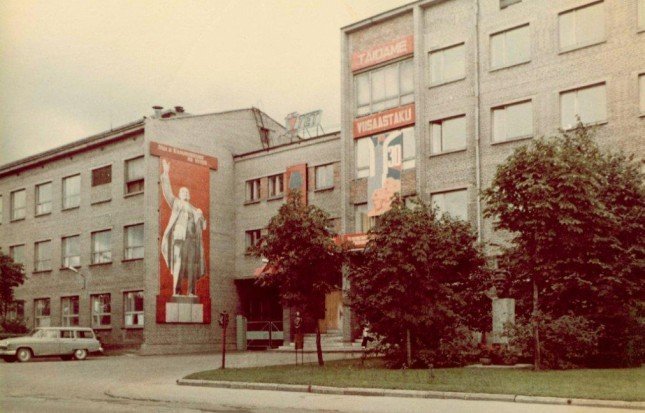
In 1958, the factory name changed to M. I. Kalinini Tallinna Elektrotehnika Tehas (the Mihkail Kalinin Electrical Engineering Plant of Tallinn). This was the birth of a brand new factory dedicated to technology and science. Altogether, 3,000 people worked on this site, developing and producing some of the most advanced technology of the time. Here is the entrance to the factory on Telliskivi street. I guess you can recognise who that guy is 😉
NB: between 1940 and 1958, the factory was also called ‘Kalinin’, but at this time it was still a railway production and repair facility.
Mikhail Kalinin
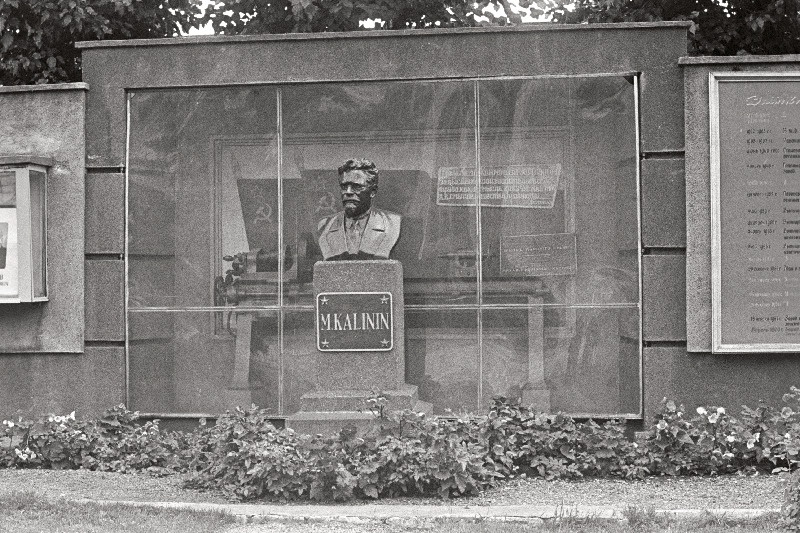
The factory was named after Mikhail Kalinin, a Bolshevik revolutionary who occupied several high positions of power during his life. He had a good relationship with Stalin but in reality, his power and influence were limited. His power was just symbolic. In his early life Kalinin actually lived in Kalamaja and worked in the Baltic Rail Factory so I guess he was a logical choice when choosing a name for this new enterprise. In this photo we can see a monument to Kalinin on the grounds of the Telliskivi factory area (next to modern-day F-Hoone). The monument also includes the very machine that Kalinin used during his time as a worker here.
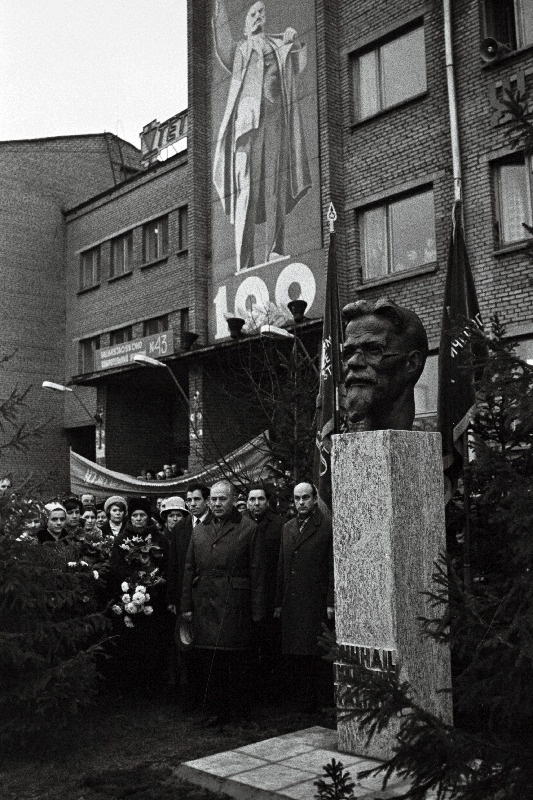
The opening of another Kalinin monument on his 95th birthday in the main factory yard.
Soviet military and space programs

Power converters, semi-conductor valves, power transformers and high-voltage electrical equipment were all produced here. Many of theses items were used in the Soviet military and space programs! As with all Soviet industrial units, targets and quotas were set and bonuses were awarded based on the achievement of these goals. When a big deadline was approaching it was not uncommon to see representatives from the military in attendance to oversee the proceedings.
Technological Mastery

Research and development was also a huge part of the work here. In the 1970s Soviet technology was some of the best in the world and the Kalinin factory had its own centre of science. Within this building, workers would build prototypes, test new industrial production methods and even conduct experiments with high level chemicals. Even dangerous substances such as mercury and radioactive elements were used here!
Powering the factory

As you might imagine, this science factory required a huge amount of electricity. Here we can see the main electrical station of the territory, designed to meet these large power demands. In front of it you might notice the Kalinin monument and the ‘wall of honour’ (a kind of ‘Soviet employee of the month’ display). In the modern day Creative City this area is the central car park. There is also an ice rink installed here in winter.
Soviet celebrations
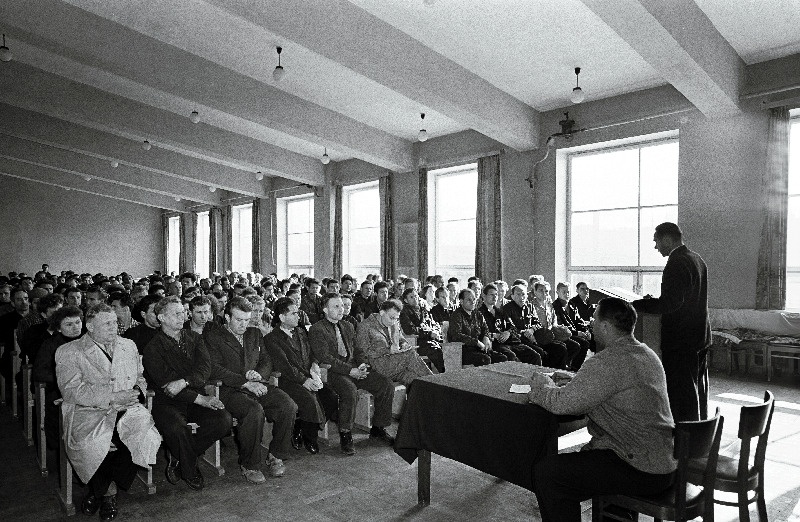
The factory had a ‘function room’ in the main administration building. This was used for important meetings, Soviet celebrations, awards ceremonies and for entertaining notable visitors.
Walking Tours
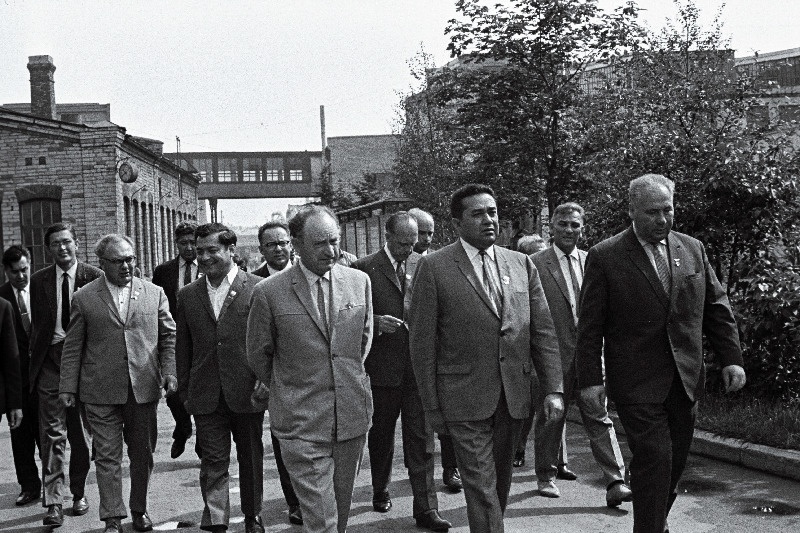
The government delegation of the Uzbek SSR during the Decade of Art and Literature of the Uzbek SSR. Yep, the Soviets liked to use a lot of words. Basically, here are some important people visiting the Kalinin Factory in 1968.
If you would also like to visit this former factory like these fine gentlemen here, you are welcome to join me on a guided tour! I will share stories from factory workers that are not included in this post and give you a full picture of factory life in Soviet days.
Check out:
- Our Lantern Tour schedule (look for ‘Kalamaja and Telliskivi’)
- Book a Hidden Tallinn Kalamaja Tour with me
